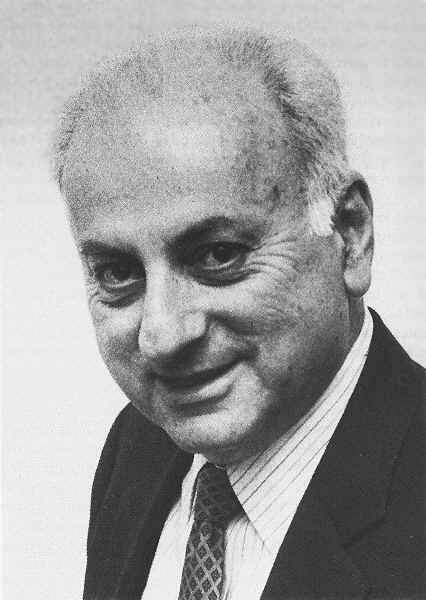
Melvin Schwartz
(1932 - )
Melvin Schwartz (born November 2, 1932) is an American physicist.
He shared the 1988 Nobel Prize in Physics with Leon Max Lederman and Jack Steinberger for their development of the neutrino beam method and their demonstration of the doublet structure of the leptons through the discovery of the muon neutrino.
He grew up in New York City in the Great Depression and went to the Bronx High School of Science. His interest in physics began there at the age of 12.
He did his undergraduate work at Columbia University, where Nobel Prize laureate Isidor I. Rabi was the head of the physics department. He provided the research setting for six Nobel Prize-winning projects during those 13 years, as well as hosting about a half dozen future laureates, either as students or as post-doctoral researchers. Schwartz stayed at Columbia for his graduate work and became an Assistant Professor there in 1958). Jack Steinberger was his mentor and friend. T. D. Lee inspired the experiment for which Schwartz received the Nobel Prize.
In 1966, after 17 years at Columbia, he moved west to Stanford University, where SLAC, a new accelerator, was just being completed. There, he was involved in research investigating the charge asymmetry in the decay of long-lived neutral kaons and another project which produced and detected relativistic hydrogen-like atoms made up of a pion and a muon.
He became president of Digital Pathways in the 1970s, and he still holds that position. In addition, he became Associate Director, High Energy and Nuclear Physics, at Brookhaven National Laboratory in 1991. At the same time, he returned to the Columbia faculty as Professor of physics. He became I. I. Rabi Professor of Physics in 1994 and retired as Rabi Professor Emeritus in 2000. He has since moved to Idaho.
Courtesy of:
